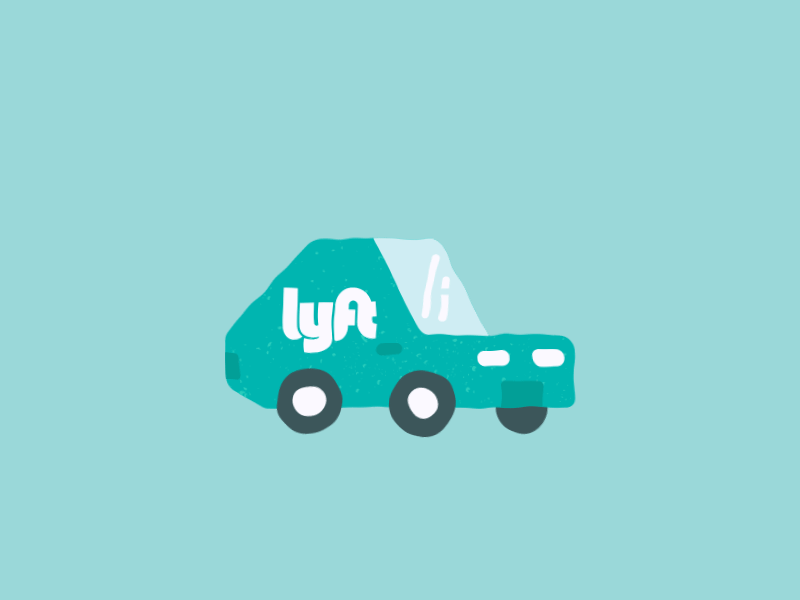
Posted on 10/02/2019 8:49:09 AM PDT by 2ndDivisionVet
A former NASA engineer is leading the program.
Hyundai is the latest automaker to pursue the lofty dream of the flying car. The company's new Urban Air Mobility Division aims to reduce the traffic congestion resulting from what the firm calls "mega-urbanization." To head this initiative, the business hires Dr. Jaiwon Shin, the former leader of the Aeronautics Research Mission Directorate at NASA.
"Having worked on cutting-edge aviation research and development at NASA for 30 years, I am very excited and humbled by the opportunity to now shape urban air mobility strategy at Hyundai Motor Group," Dr. Shin said in Hyundai's announcement of his hiring. "The new team at Hyundai will develop core technologies that will establish the company as a driving force in urban air mobility, a sector that is expected to grow into a market worth USD 1.5 trillion within the next 20 years."
The goals of the Hyundai Urban Air Mobility Division seem fairly open at this early stage. It "aims to provide innovative and smart mobility solutions never seen or thought of before," according to the company. With such a broad scope, there's no telling what this new team might create.
(Excerpt) Read more at motor1.com ...
They’d better be equipped with telephone line and cell phone tower avoidance systems.......
Food Processor on steroids.

Lol!

We are living in the future
I’ll tell you how I know
I read it in the paper
Fifteen years ago
We’re all driving rocket ships
And talking with our minds
And wearing turquoise jewelry
And standing in soup lines
We are standing in soup lines


I sold it to a wrecking yard for more than I paid for it.
I’m considering replacing my 2004 Hyundai Sonata with a 2020 Sonata. Never had such a dependable, low maintenance car and I’ve been driving since 1961.
p

GMTA
But mine’s animated.
I’ve been alive since 1960.
I don’t listen to future predictions anymore since the last one told me “By the year 2020 you’ll be carrying around a little robot in your pocket that will tell the government where you are 24/7 and let people in Mumbai you’ve never met call you and try to sell you boner pills.” Like that’s ever gonna happen.
When it happens it will have to have a few features:
1. It will be autonomous, self driving, especially in urban areas. In certain areas you will not be able to control it yourself. There will have to be computer controlled grids in the cities managing the flying traffic. In other areas manual control will be an option. In remote areas you will have to fly it in manual mode.
2. You will have to be tested and certified to fly it in manual mode.
3. The power supply will have to be virtually limitless. Running out of power is not an option.
4. There will have to be a controlled decent mode in the case of collision, mechanical failure or loss of power.
5. They will have to be relatively quiet, at least in comparison to today’s aircraft.
Until they overcome these issues, a flying car will not be widely accepted.
Flying by air requires both lift (getting and staying up) and gaining momentum through the medium of air (with its complex currents and conditions as well). The two things comprise two demands on fuel.
Ground cars have road friction to overcome, and momentum to try and gain against the air at ground level. Again, two demands on (energy) fuel.
I don’t know which form comprises a less demanding need for fuel.
Most private jets get less than five miles per gallons (mpg). A 17,000 pound Lear Jet 35, capable of carrying seven people at 485 mph gets about 4 mpg.
Air drag at higher altitudes is less than at lower altitudes (air is “thinner”, and I don’t think “air cars” will even be flying at the altitude of a small private jet.
If I were a company looking to get into air cars, I would partner with the makers of small private jets, looking to use R&D to downsize everything from engines to cabins the size of a regular SUV. That partnership would also include those with engineering background in VTOL (vertical take off and landing) type of aircraft, as well as partners in the electronic stabilizer conrols in aircraft with bodies that seem to be nearly wingless.
I don’t think “air cars” require as much new technology as they do the downsizing of a number of existing technologies.
“traffic jams shift from being only two-dimensional to three-dimensional”
If we layer another road a hundred feet higher, it would roughly double capacity. Another layer every hundred feet could be added for a few thousand feet up. Ramps or shafts for ascending and descending could be just alongside, possibly shared by several layers. Maybe they will spread out traffic lanes further apart, because of wind turbulence.
Maybe one layer for high speed long runs (expressway), and a slower lower layer for navigating the local area.
“And what is going to be used to define the traffic lanes?”
A shared map, from an authoritative source (Government). Indicators could be projected onto the windshield or goggles for drivers (if not completely automated driverless vehicles, which is more likely).
Disclaimer: Opinions posted on Free Republic are those of the individual posters and do not necessarily represent the opinion of Free Republic or its management. All materials posted herein are protected by copyright law and the exemption for fair use of copyrighted works.